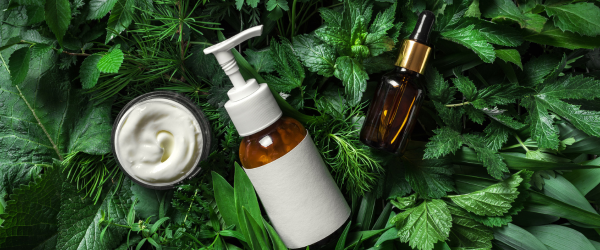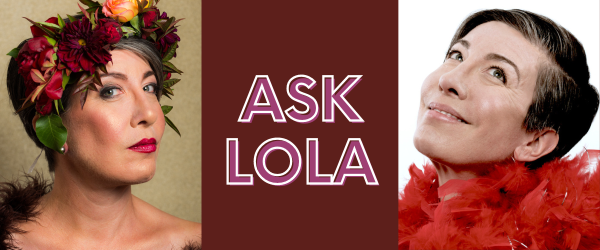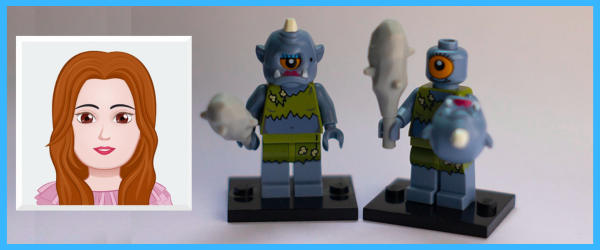The things we do in the name of beauty!
From Botox to Spanx, fad diets, enhanced this, press-on that, frying our hair with straighteners and impaling ourselves with underwire, padding and push-ups, few beauty implements are both so immediately painful and long-term destructive as trotting around in high heels. Your hips, back, spine, legs, knees and all 26 bones and 33 joints in your feet agree with me.
Wearing heels in daily life under “ordinary” circumstances already does significant damage to said bones and joints. Conventions turn that damage up to 11. As you prepare for hours of standing and walking at trade shows, both this month and throughout the rest of 2017, here are some things you should know about the footwear you’re packing and “the agony of de-feet.”
Hammer toes are not sexy. Neither are bunions.
Sexy stilettos and other high-heeled shoes are an important part of almost any situation. You wear them while networking — business, sexy or sexy-business — while working (this arguably is the least destructive circumstance) and to enhance everything from your awards gown to hot athleisure looks. Sometimes, against every fiber of better judgment, we make tiny fit sacrifices for the perfect outfit.
But did you know you can develop foot problems because of ill-fitting shoes, painful shoes and shoes that are just too tight? All of these are risks in your quest for shapely legs and added height.
Here’s what happens when you slide into your footwear. The higher the heel, the more weight is thrown onto your forefoot and toes, resulting in something resembling Barbie-feet. A stacked footbed or platform can help minimize the “lift” between your heel and forefoot without sacrificing heel height, but let’s be honest: The need for an ultra-high, pointed tippy toe is what’s of most concern. In this case, especially if the shoes have narrow toes — pointed or almond-shaped, or a small peep-toe opening — they can cause crowding, hammer toes, corns, calluses, claw toes, overlapping toes, neuromas and bunions. Even the best pedicure can’t hide those foot problems.
Cam work in heels may be the least destructive heel-wearing circumstance, but that doesn’t mean camming from your bed has no impact. As long as your feet are constrained, damage is taking place. Ligaments are stretched, bones are pushed out, your feet spread inside your shoes, the fat pads that protect your feet under the heel and metatarsal head are pushed toward your toes (fat pad atrophy is no joke), the nerves on top of your toes are pinched and the delicate bones inside your feet are more likely to hit the bottom of the shoes, which is why you see imprints of your feet inside the soles. Look at the shape of your shoes: that’s what your feet look like inside them. Wear them long-term and your foot will assume that shape — permanently.
The definition in your calves when you stand? That’s the result of increased tightness in your legs, which also stresses your back, knees and hips. Don’t forget Achilles tendonitis, inflammation, plantar fasciitis, arthritis in your feet from constant wear and tear on those small joints, and the ever-present risk of ankle sprains if you fall or your foot slips out of a shoe. Unfortunately, open-toe shoes and strappy stilettoes aren’t much better. They eliminate some of the crowding, but the other risks remain.
If you’ve spent hours in high heels or platforms, you know what it’s like to take them off at the end of the night. Instead of relief from the torture — assuming your feet didn’t go numb after the first few hours — once your bare feet hit the floor, the pain of solid ground is even worse than the shoes. That’s because your feet were compressed during all that time, affecting the blood supply and putting pressure on the nerves. When the pressure is removed, it’s followed by that burning sensation. Your feet are swollen, have collected fluid and are bigger than when you first put on your shoes.
What can you do?
No one is suggesting you walk around the trade shows in bedroom slippers or cam in your socks or bare feet— unless requested, of course. High heels and pointed shoes are fine in moderation, but opt for soft, cushioned shoes as an alternative when you don’t have to be “on.” You must choose wisely, however, to protect your feet even in casual circumstances. Birkenstocks allow the foot to relax. Likewise, Crocs are soft, cushioned and have arch support. Flip-flops feel great, but they have no support and are easy to slip out of. And those long hotel hallways, the ones that take 20 minutes to traverse before you get to the show floor… Wear comfortable shoes for the walk and slip on your heels when you’re ready to start signing.
When wearing heels, there are a few things you can do to try to improve your comfort. Adhesive and non-adhesive pads are good. Gel pads and liners are another option, but make sure there is enough room in your shoe. Trust me: There’s not a lot sexy about Dr. Scholl’s — except, of course, the whole being able to move comfortably part.
—
Jenna Andre is a total gearhead who also appreciates the simpler things in life. Email her at Jenna.Andre@ynotcam.com.
Listen to Naomi break down Dr. Scholl’s DreamWalk collection.










